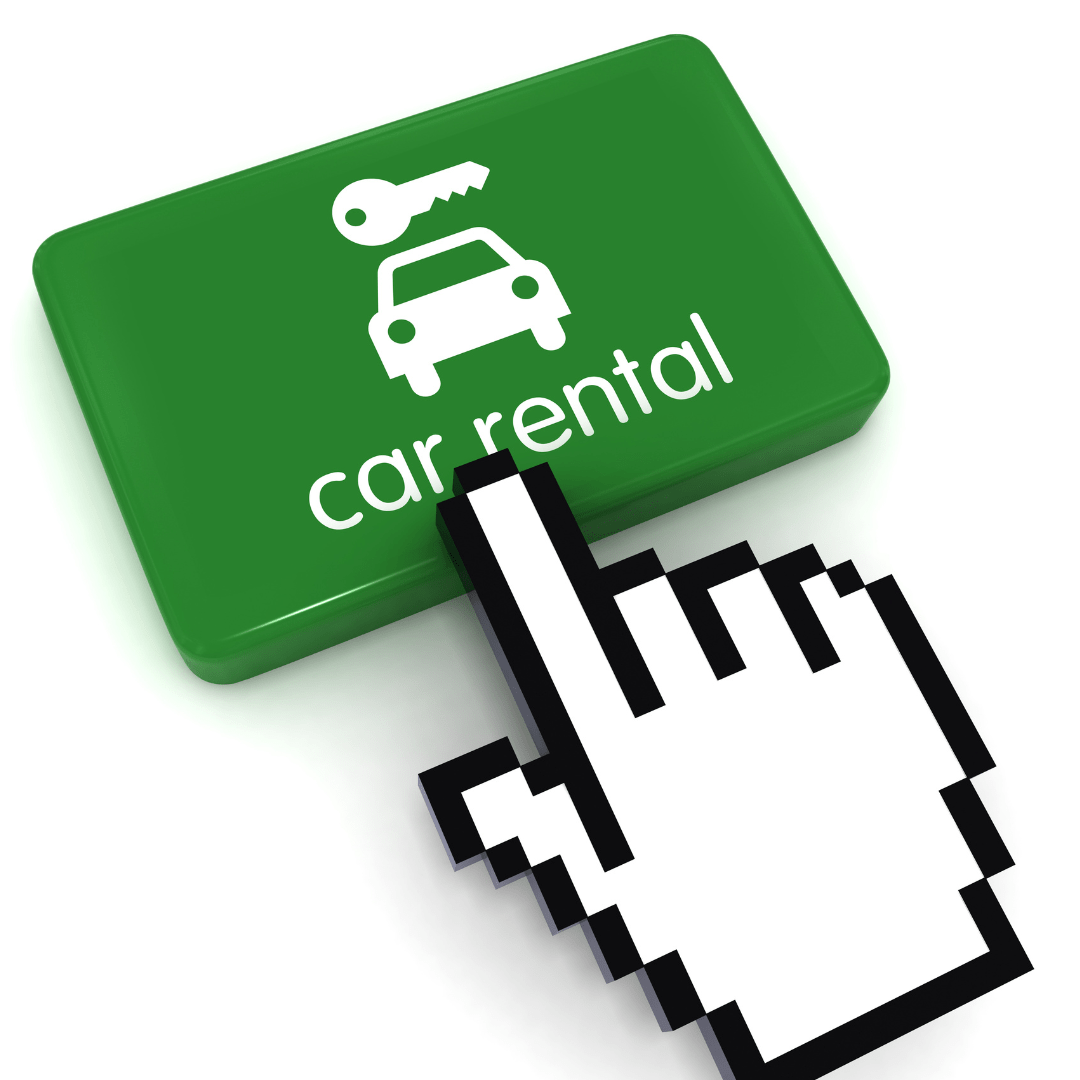
Renting a car can be a convenient and flexible solution for your travel needs, whether you’re planning a vacation, business trip, or simply need a temporary vehicle. In this two-part comprehensive guide, we’ll cover everything you need to know about car rentals, from the basics of how to rent a car to tips on finding affordable car rentals and understanding rental agreements.
How to Rent a Car
1. Choose the Right Rental Company
When it comes to renting a car, selecting the right rental company is crucial. Look for reputable companies with positive reviews and a wide range of vehicles. Major car rental companies often offer better customer service, more locations, and a larger selection of cars but don’t overlook smaller regional rental companies as they may offer savings, payment methods, and rental terms that the larger ones don’t.
2. Book in Advance
Booking your rental car in advance can save you money and ensure that you get the vehicle you need. Prices tend to increase as the rental date approaches, so early booking can help you find more affordable car rentals. A good rule of thumb is to book at least one to three months in advance for the best savings.
3. Compare Prices
Use pricing comparison websites (like AutoRentals!) to check prices from different companies. Pay attention to the total cost, including any hidden fees or additional charges. Look for special deals and discounts that can make your rental more affordable.
4. Understand the Rental Agreement
Before signing the rental agreement, read it carefully. Understand the terms and conditions, including the rental period, mileage limits, and any additional fees. Make sure you know the rental company’s policies on fuel, insurance, and returning the vehicle.

Types of Rental Cars
1. Economy Cars
Economy cars are small, fuel-efficient vehicles that are perfect for city driving and short trips. They are typically the most affordable car rentals and are ideal for budget-conscious travelers.
2. Compact and Mid-Size Cars
Compact and mid-size cars offer more space and comfort than economy cars, making them suitable for longer trips and small families. They strike a balance between affordability and convenience.
3. Full-Size and Luxury Cars
Full-size and luxury cars provide more space, comfort, and features. They are ideal for long-distance travel, business trips, or when you want to travel in style. These cars are usually more expensive but offer a premium experience.
4. SUVs and Minivans
SUVs and minivans are great for larger groups, families, or when you need extra cargo space. They are versatile and can handle various terrains, making them suitable for road trips and outdoor adventures.
5. Specialty Vehicles
Specialty vehicles include convertibles, sports cars, and trucks. These rentals cater to specific needs or preferences, such as driving with the top down or needing a vehicle for heavy-duty tasks.
Stay Tuned for Part 2
As we conclude part one of the AutoRentals 2024 Guide to Renting a Car, we hope you’ve gained valuable insights into how to rent a car for your next adventure. In part two, we’ll dive deeper into what to look for in a rental car service, including insurance options, fuel policies, mileage limits, and more. We’ll also share tips for securing affordable car rentals, ensuring you get the best value for your money while enjoying a smooth and stress-free experience. Stay tuned for expert advice that will make your car rental journey even more rewarding!


One thought on “The AutoRentals 2024 Guide to Renting a Car (Part 1)”
Comments are closed.